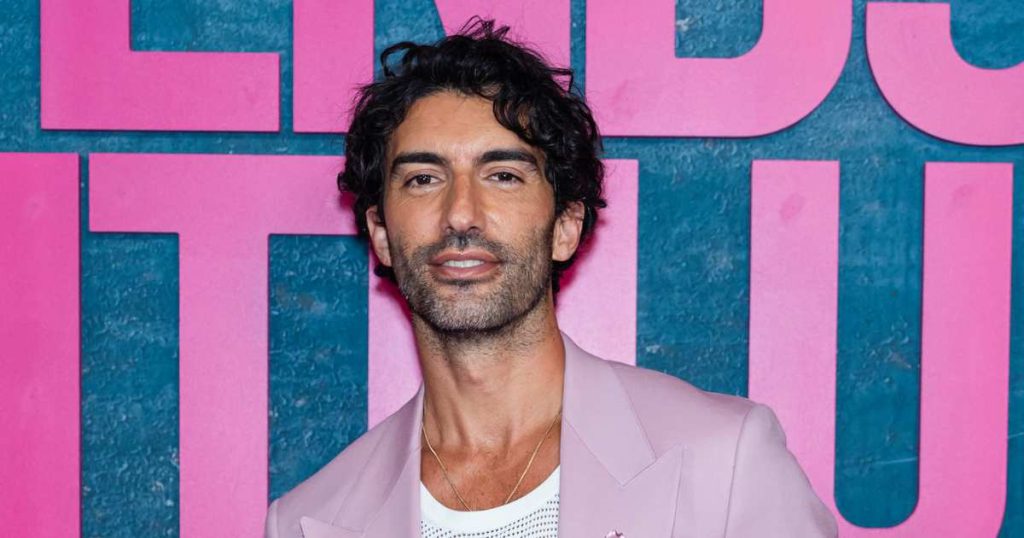The ongoing legal battle between director Justin Baldoni and actress Blake Lively concerning the film “It Ends With Us” has intensified, with Baldoni releasing purported evidence to counter Lively’s allegations of sexual harassment and misconduct. Baldoni’s defense centers around notes he claims were taken during a meeting with an intimacy coordinator, which he asserts were subsequently shared with Lively. He maintains that these notes, detailing aspects of intimate scenes, were the genesis of Lively’s complaint, arguing that the very elements she found objectionable were, in fact, derived from the intimacy coordinator’s suggestions. Baldoni’s release of these notes, along with a detailed timeline of events, marks a significant escalation in the legal dispute, transforming it into a war of narratives. Central to this conflict are divergent accounts of on-set interactions and the role of the intimacy coordinator, with both parties offering contrasting interpretations of events.
Lively’s lawsuit, filed at the end of 2024, accuses Baldoni of a range of offenses, including sexual harassment, retaliation, breach of contract, infliction of emotional distress, invasion of privacy, and lost wages. She seeks unspecified damages for the alleged harm caused by Baldoni’s actions. Baldoni vehemently denies these allegations, characterizing them as fabricated and malicious. He has responded with a counter-suit, targeting Lively, her husband Ryan Reynolds, and her publicist Leslie Sloan. Baldoni’s suit alleges civil extortion, defamation, and false light invasion of privacy, seeking a substantial $400 million in damages. This aggressive legal posture signals Baldoni’s commitment to clearing his name and portraying himself as the victim of a coordinated smear campaign.
The crux of the disagreement revolves around the depiction of intimate scenes in the film and the extent of Lively’s involvement in their development. Baldoni maintains that an intimacy coordinator was consulted and that her recommendations were shared with Lively. He further claims that Lively refused to meet directly with the intimacy coordinator, placing him in the awkward position of relaying the coordinator’s suggestions. This, according to Baldoni, led to misinterpretations and ultimately fueled Lively’s allegations. He insists that his actions were professional and in line with industry best practices regarding the portrayal of intimacy on screen.
In contrast, Lively’s account paints a picture of Baldoni overstepping boundaries and creating an uncomfortable environment on set. She alleges that Baldoni improvised intimate scenes without her consent, disregarded her discomfort, and exploited his position of power as director, studio head, and her boss. Lively’s legal team emphasizes the lack of an intimacy coordinator’s presence during these alleged incidents, further bolstering their argument that Baldoni acted inappropriately. They argue that Baldoni’s actions constituted a violation of professional conduct and created a hostile work environment.
The release of behind-the-scenes footage by Baldoni’s lawyer, intended to refute Lively’s claims, has further complicated the narrative. The footage purportedly depicts a slow dance montage, a scene central to the dispute. Baldoni’s legal team presents this footage as evidence that his interactions with Lively were professional and consensual, contradicting Lively’s portrayal of the events. They assert that the video unequivocally demonstrates that Lively’s allegations are baseless.
Lively’s lawyers, however, interpret the same footage as corroborating her claims. They argue that Lively’s body language in the video clearly displays discomfort and an attempt to distance herself from Baldoni. They maintain that the footage captures Lively repeatedly requesting verbal interaction instead of physical contact, demonstrating her unease with Baldoni’s improvisation. This conflicting interpretation of the same footage highlights the deeply entrenched disagreement between the two parties and underscores the difficulty of establishing a clear and objective account of the events. The legal battle continues, with both sides seemingly determined to pursue their respective claims and present their versions of the truth. The outcome of this high-profile case will undoubtedly have significant implications for the individuals involved and could potentially influence industry practices regarding on-set conduct and the handling of intimate scenes.

